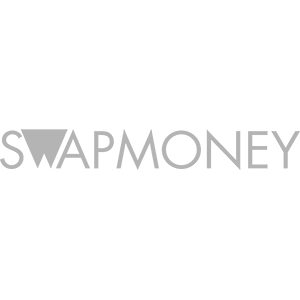Perhaps before hitting your desk this morning, you checked your banking app? Maybe sent the plumber a quick transfer, moved some savings across to the current account or transferred some funds to a friend on the other side of the world.
Listen to our podcast on the state of customer banking innovation.
But on arriving at work you sent requests to a handful of departments for updates on the purchase of some inventory from China? Who issued the purchase number? Was it on all the documentation? Would it appear against the transaction statement when you saw a printout – next month? Why was the supplier querying the amount? An FX issue or a miscalculation?
Why are these two scenarios different? Money is money. A dollar looks the same whether it’s in the hands of a clothing wholesaler or a tourist on the Empire State Building. So why should the way businesses have to manage payments be so very different to the way customers do?
Changing ‘the way it’s always been done’
The simple answer is that there is no reason at all. Perhaps it’s a mindset issue. The person on the street is somehow different when they walk into work. It’s easy to demand change as a consumer but in business, it’s the way it’s always been done.
It certainly isn’t for want of technology. From APIs to improve transaction speed and visibility to expenses management apps and dashboards that marry any number of data streams from invoicing to balances to inventory and sales in real time – there is simply no reason that business cannot embrace faster transacting and better visibility in the same way as the B2C market.
Granted, sums tend to be significantly larger in business to business payments than the aforementioned plumber’s bill, and so security and stray transactions are a concern. But, with the growing use of biometric identification, cloud data management and transfer, these systems are no less secure than those in the consumer market, and arguably even more so.
Perhaps it is naïve to suggest business to business (B2B) payments are as simple and one-step as business to consumer (B2C) transactions. There is the need for multiple sign-off, the potential for other parties to cancel transactions for reasons unknown, the process of FX conversion and receipt is different. But these aren’t insurmountable. We addressed some of the major payments hurdles in our article 8 common payments problems APIs can solve.
Critically, this article highlighted the ways APIs can offer business users a similar transparency and automated checks and balances to that which retail banking customers experience in their current account.
FX APIs offer transparency and real-time insight into currency fluctuations. Validation APIs check all account details are correct before beginning transactions, minimizing failed operations. Built-in fraud and compliance standards keep companies on the right track when operating in several territories. Finally, virtual accounts, dashboards and user permission options hand payment power to the right people who can see the right information at the right time.
A business banking environment is not a consumer one but there is no reason with the functionalities available today, that the experience cannot be similarly seamless, digitized, accurate and effective.
Increasing your cross-border payment functionality can help you deliver a more competitive product, process and user experience. Learn more about Currencycloud’s array of payment APIs by contacting us.





